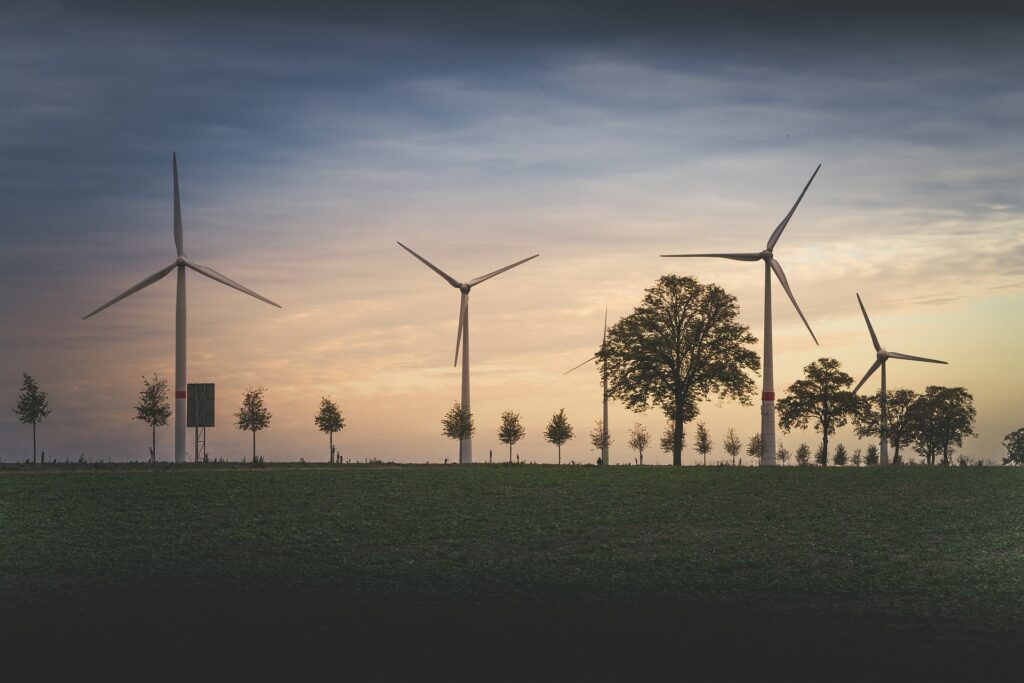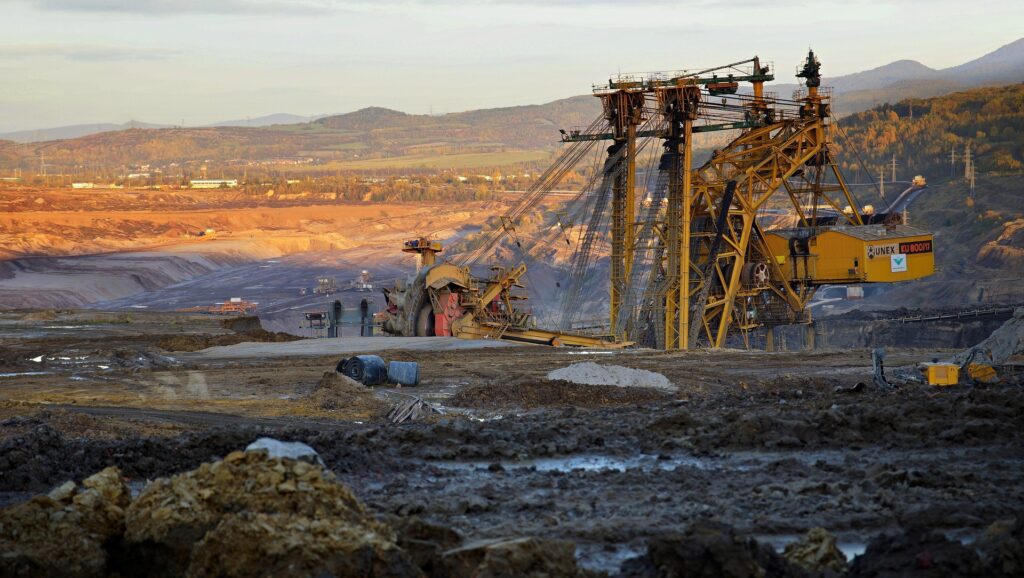Waste-to-energy (WTE) technology is a potent remedy in a world where landfills are overflowing and urban populations are growing. It helps create clean, renewable energy in addition to addressing the problem of disposing of solid waste. To establish a sustainable circular economy, nations all over the world are funding waste-to-energy initiatives. However, what is waste-to-energy exactly? How does it operate? And is it really a scalable and profitable solution?
What is Meant by Waste-to-Energy?
The process of turning different types of waste—such as organic matter, industrial waste, agricultural residue, or municipal solid waste (MSW)—into usable energy sources like fuel, heat, or electricity is known as waste-to-energy.
This method produces electricity and lessens the amount of waste that ends up in landfills. It’s a good way to manage waste in a sustainable way and reduce greenhouse gas emissions, especially methane, which is released when waste breaks down in landfills.
How is Waste Converted to Energy?
Numerous thermal, chemical, and biological techniques can be used to convert WTE. Every technique has its own benefits and is appropriate for various waste kinds.
1. Incineration
- Overview: Incineration is the process of burning waste at temperatures above 850°C. Steam is created from the heat produced, and turbines use the steam to create electricity.
- Advantages: Produces a substantial amount of energy and drastically reduces waste volume (by up to 90%).
- Cons: If improperly managed, high emissions necessitate the purchase of pollution control equipment.
Because of its ease of use and scalability, incineration is the most widely used technique in WTE plants worldwide. Scrubbers and filters are installed in modern incinerators to reduce their negative environmental effects.
2. Gasification and Pyrolysis
- Gasification is the process of heating waste with a regulated amount of oxygen to create syngas, or synthetic gas, which can be used to make fuels or electricity.
- Similar to gasification, pyrolysis breaks down waste into gas, liquid oil, and char while operating entirely without oxygen.
Both techniques are excellent for certain waste streams, such as plastics and biomass, and provide greener substitutes for incineration. They also make it possible to reduce emissions and increase energy efficiency.
3. Anaerobic Digestion
- This biological process uses microorganisms in an oxygen-free environment to break down organic waste, including food scraps, manure, and sewage sludge.
- Biogas, which is primarily made up of carbon dioxide and methane, is produced by the process and can be used as fuel or to create electricity.
Anaerobic digestion promotes decentralized energy systems and works particularly well in agricultural and rural settings.
4. Composting (Complementary Process)
Composting turns biodegradable waste into nutrient-rich compost, but it doesn’t directly produce energy. It promotes sustainable farming by lowering waste production and improving soil health. For comprehensive waste management, composting can be incorporated into larger WTE strategies.
Waste-to-Energy Technology: Global and Indian Examples
- Examples of Waste-to-Energy Around the World Sweden is frequently mentioned as the world leader in WTE. Nearly 99 percent of the nation’s waste is recycled, and it even imports waste from nearby nations to meet its energy needs.
- With more than 1,000 WTE facilities, Japan efficiently manages its limited landfill space by using cutting-edge incineration techniques.
- Every day, more than 1,700 tonnes of waste are processed at Singapore’s Tuas South Incineration Plant, which provides electricity to thousands of homes.
These illustrations show how waste-to-energy technology can be scaled and used effectively when combined with stringent laws and contemporary infrastructure.
Which Was the First Waste to Energy Plant in India?
The Timarpur facility in Delhi, which was put into service in 1987, was India’s first WTE plant. Despite operational difficulties brought on by a combination of waste input and technological issues, it signaled the start of India’s transition to waste-based energy production.
Current Waste-to-Energy Projects in India
Every day, more than 150,000 tonnes of municipal solid waste are produced in India. WTE plants are becoming more and more important for sustainable city planning as urbanization increases. Among the important projects are:
1. Okhla WTE Plant (Delhi)
- Processes 1,950 tonnes/day of waste.
- Generates 23 MW of electricity.
- Operated by Jindal ITF, it supplies power to the Delhi grid.
2. Bawana WTE Plant (Delhi)
- Capacity: 24 MW.
- Processes around 1,300 tonnes of waste daily.
3. Brahmapuram WTE Project (Kochi, Kerala)
- Aims to address Kochi’s growing waste problem.
- Expected to handle over 300 tonnes/day once operational.
These initiatives help the transition to a clean energy economy and are essential to the government’s Swachh Bharat Mission.
Is Waste-to-Energy Profitable?
Waste-to-energy can indeed be profitable, but this depends on a number of factors.
- Tipping fees: WTE operators are frequently paid by municipalities to process waste.
- Energy sales: You can sell biogas or electricity to the grid or to businesses.
- By-products: Metals can be extracted from slag and residual ash can be utilized in construction.
Profitability, however, may be impacted by issues like waste segregation, capital expenditure, and policy delays. WTE is a lucrative and vital component of the energy mix in nations with streamlined systems, such as Sweden and Japan.
Benefits of Waste-to-Energy Plants
- Reduces the need for landfills: Waste disposal requires less land.
- Energy generation: Supplies homes and businesses with clean, renewable energy.
- Emission control: Compared to open dumping or burning, modern WTE technology reduces pollutants.
- Resource recovery: Makes it possible to recover metals and produce usable ash for building roads.
- Supports government policies: Complies with national initiatives such as the Energy Security Goals, Swachh Bharat Abhiyan, and Smart Cities.
Challenges Facing Waste-to-Energy Technology
- High capital cost: Establishing a WTE plant necessitates a substantial financial outlay.
- Waste segregation: Unsegregated municipal waste is a problem in India that reduces plant efficiency.
- Opposition from the public: False beliefs about pollution and health risks may cause opposition.
- Policy gaps: Project execution is slowed down by lack of incentives, approval delays, and inadequate funding.
Addressing these challenges through public awareness, policy support, and technological innovation is crucial for scaling up.



